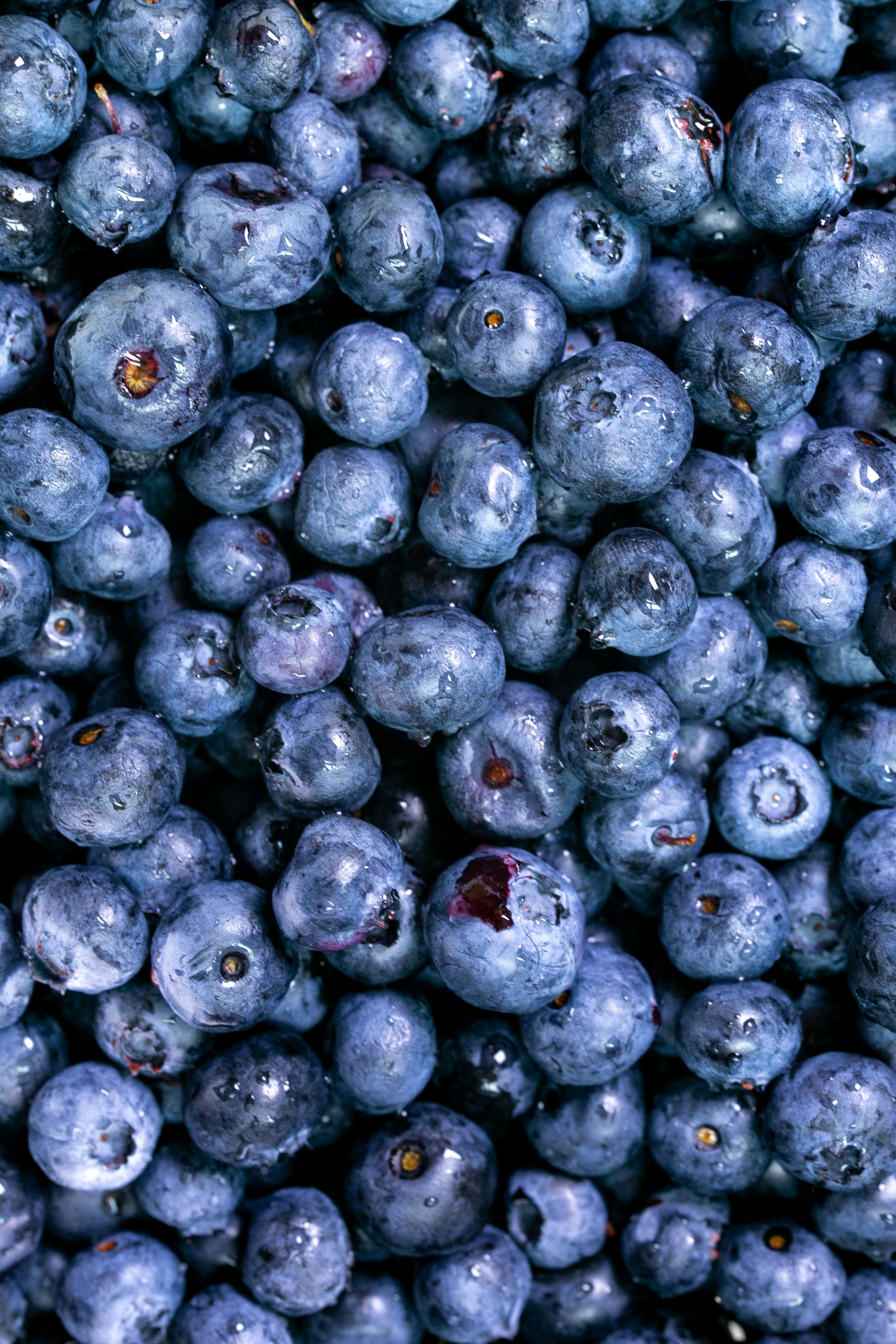
Effective Ways to Explore Purely Poultry Factors in 2025
As we move into 2025, the poultry industry faces numerous factors that influence its operations, from farming techniques to market trends. Understanding these factors is crucial for both established producers and newcomers alike. The benefits of studying poultry farming not only contribute to increased productivity but also enhance overall poultry health, welfare, and sustainability. This article will explore effective ways to investigate various aspects of poultry farming, focusing on best practices, industry trends, and the technologies that are shaping the future of poultry.
As consumers become increasingly concerned about food quality and safety, knowledge of poultry farming has never been more important. This article serves as a roadmap to delve into critical areas, including poultry nutrition, housing, production practices, and health management. We'll also look at the role of technology and research in enhancing poultry operations. Key takeaways include insights on sustainable practices, market demand, and innovative strategies pertaining to poultry farming.
Essential Insights on Poultry Farming Techniques
With the rise in poultry consumption globally, efficient poultry farming techniques are essential. These practices help maximize productivity while ensuring the health and welfare of the flock. One effective method is implementing advanced feeding strategies tailored to specific chicken breeds, as nutritional requirements can vary significantly. Furthermore, considerations for biosecurity measures, pest control in poultry, and brooding techniques contribute significantly to minimizing the risks associated with avian diseases.
Innovative poultry equipment such as climate control systems and automatic feeders also play a crucial role in enhancing poultry production efficiency. Another factor gaining traction is the movement towards organic poultry farming, highlighting consumer preferences for antibiotic-free and sustainably raised chickens. Integrating these elements can lead to a holistic approach to poultry production that meets market demands while upholding safety and health standards.
Implementing sustainable poultry practices is becoming paramount. Techniques such as rotational grazing for free-range chickens ensure that the land remains productive and helps reduce the environmental impact of poultry farming. These best practices contribute to the long-term sustainability of poultry operations, ensuring a stable supply chain for future generations.
Understanding Poultry Nutrition and Health
Nutrition is a cornerstone of poultry health and productivity. Feeding strategies should be carefully formulated with respect to the life stage of the birds, their production goals, and specific health concerns. Best chicken feed varies based on the intended use—whether for broiler production or egg production. Utilizing poultry nutrition analytics can provide insights into feed digestibility, nutrient management, and the impact of feed additives on growth rates.
Moreover, regular health monitoring of poultry is essential for detecting diseases early and implementing preventive measures. Implementing vaccination programs and biosecurity protocols can significantly reduce the prevalence of avian influenza and other diseases, ensuring a healthier production environment. Awareness of current poultry health research, particularly regarding genetic research in poultry, can aid farmers in making informed breeding decisions that enhance flock resilience.
Maintaining poultry welfare is equally important. People are becoming increasingly aware of how poultry are raised, making welfare policies in poultry a pivotal area to explore. Factors such as housing conditions, space for movement, and environmental enrichment all contribute to the birds' well-being and should be central to any responsible poultry farming operation.
Poultry Production and Processing Innovations
As the poultry industry evolves, so too do the methods of production and processing. Innovations in poultry product processing technologies enhance efficiency while ensuring compliance with safety standards. Utilizing automated systems in poultry processing can streamline operations, reduce labor costs, and help prevent contamination during processing.
Commercial poultry markets have seen significant changes in consumer behavior, with increasing demand for farm-to-table poultry products. This trend emphasizes the need for transparency in the poultry supply chain, as well as a focus on high-quality poultry products, including the expanded market for organic poultry. Adapting to these market trends requires effective poultry marketing strategies, addressing consumers' growing preferences for locally sourced and ethically produced poultry.
Another growing consideration is the sustainability of the poultry industry concerning climate change effects. Implementing renewable resources in poultry and exploring methods for poultry product diversification can help mitigate potential negative impacts and improve overall resilience in the poultry business.
Poultry Research and Development in 2025
Investing in poultry research is critical to catalyze innovation and solve industry challenges. Agricultural innovations can drive advancements in poultry breeding techniques, focusing on genetics that promote disease resistance and faster growth rates. Additionally, poultry innovation centers serve as platforms for collaboration, bringing together researchers, farmers, and industry professionals to share knowledge and develop best practices.
Poultry industry regulations will continue to evolve, necessitating ongoing education and adaptation from poultry professionals. Understanding poultry business management, along with marketing strategies for poultry, can help navigate changing regulatory landscapes and economic factors influencing the poultry industry.
Lastly, incorporating feedback loops through poultry market analysis and consumer behavior studies can help poultry producers anticipate shifts in demand. Awareness of global poultry exports can also identify new opportunities for business growth and expansion.
Challenges and Opportunities in Poultry Farming
Despite the opportunities present in poultry farming, there are also challenges that producers must navigate. These include environmental challenges, such as the impact of climate change on production and resource availability, which can affect overall poultry farming operations. Conducting a comprehensive poultry cost analysis is vital for managing risks and optimizing operational efficiency.
Antibiotic use in poultry presents another significant challenge, with consumer demand shifting toward antibiotic-free poultry products. This trend underscores the importance of health management practices that prioritize animal welfare while ensuring economic viability. Education on sustainable poultry practices and the development of innovative poultry marketing strategies will be critical in addressing these challenges.
Ultimately, efficient and sustainable poultry management practices can lead to a more resilient poultry industry capable of adapting to future challenges while meeting the increasing demand for poultry products globally.
Q&A Section
What are the benefits of organic poultry farming?
Organic poultry farming offers numerous benefits including health advantages linked to antibiotic-free meat production, environmental sustainability through reduced chemical usage, and potentially improved welfare standards for poultry. Consumers are leaning more towards organic products, which can lead to higher market prices and improved profitability for farmers.
How can poultry producers enhance biosecurity measures?
Poultry producers can enhance biosecurity measures by implementing controlled access to poultry environments, regular health assessments, and thorough cleaning protocols. Additionally, educating staff on disease prevention techniques and utilizing pest management strategies can significantly mitigate risks associated with avian diseases.
What innovations are shaping the future of poultry farming?
Innovations in poultry farming include advancements in incubation technology for better hatchery operations, improved nutritional strategies that tailor feed to specific chicken breeds, and automation in processing facilities. These developments enhance productivity and ensure compliance with evolving industry standards.
How can I choose the best feed for my chickens?
Choosing the best chicken feed depends on several factors including the age of the chickens, their purpose (e.g., meat production vs. egg production), and any specific health requirements. Consulting with veterinarians and using quality poultry nutritional analytics can ensure that you provide a balanced diet for optimal growth and productivity.
What is the importance of poultry welfare?
Poultry welfare is essential for ethical farming practices and can significantly impact productivity and quality. Ensuring appropriate housing, nutrition, and healthcare leads to healthier birds, which in turn produces higher quality eggs and meat for consumers. Awareness of poultry welfare issues also enhances public trust in poultry products.
 example.com/image2.png
example.com/image2.png
 example.com/image3.png
```
example.com/image3.png
```